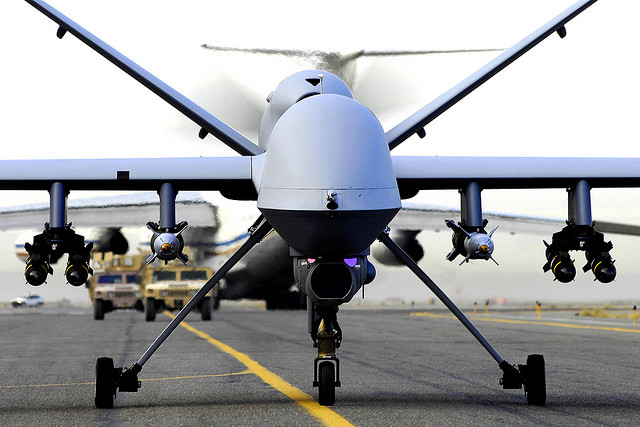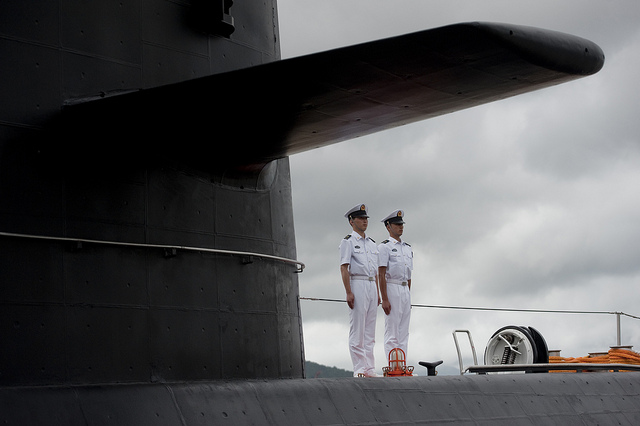Indonesia: priorities, politics, perceptions and Papua
There is reason to be pleased with the defence outcomes of the 2 plus 2 meeting just concluded in Jakarta. For once delivered without hype, the meeting’s communiqué points to solid progress in building a closer relationship between two unlikely friends, Australia and Indonesia. Although the unemotional Stephen Smith and the flamboyant Purnomo Yusgiantoro must qualify as the Odd Couple of regional defence diplomacy, it seems that the two ministers have established a good rapport. The Australian decision to brief Indonesia closely on the development of the 2013 Defence White Paper has been rewarded with an offer from Purnomo to do the same for a planned Indonesian defence statement next year. That’s a good basis for building a closer dialogue.
Australia’s offer to provide the Indonesian military with an additional five C-130H Hercules aircraft at ‘mates rates’ after the gifting of an initial four is a useful development for both countries. This will boost Indonesia’s air-lift capacity, shortfalls in which hamper our cooperation in responding to natural disasters. Commitments to increasing exercises and the perennial promise of considering joint maritime patrolling are all steps on the right track. Earlier on The Strategist I proposed a number of practical steps that could be taken to build further defence-to-defence links, so there’s scope for the relationship to grow further. Read more








